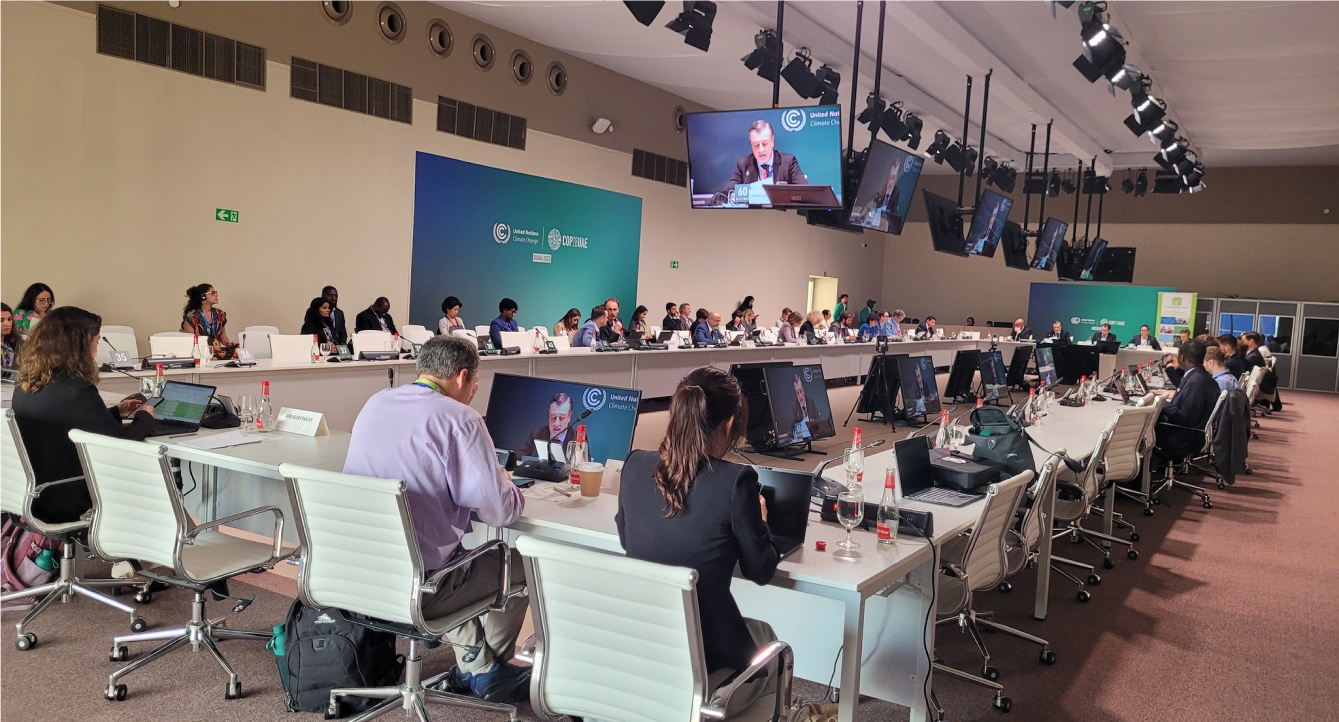The Adaptation Fund was initially financed with the share of proceeds amounting to two per cent of certified emission reductions (CERs) issued from activities under the clean development mechanism (CDM) of the Kyoto Protocol, and other sources of funding, including from national and subnational governments. Since 2019, the Fund has been also serving the Paris Agreement.
The Adaptation Fund mobilizes resources from a variety of funding sources to support its critical mission. These sources include:
Currently, a significant portion of contributions comes from voluntary government contributions, which are crucial to the Fund’s operations. Additional funding is sourced from the sale of carbon emission reduction (CER) credits under the Kyoto Protocol, and through direct donations via the Fund’s website.
Additionally, the Fund will also receive resources from the Paris Agreement’s multilateral carbon crediting mechanism established under its Article 6.
This innovative funding model enables the Adaptation Fund to channel funding from various sources towards concrete adaptation action in the most climate vulnerable communities in developing countries.

Resource Mobilization Strategy 2022 – 2025
The Fund’s current Resource Mobilization Strategy and Action Plan for the period of 2022 to 2025 was approved by the Board in October 2022 and focuses on options for increasing resources from the various potential funding sources, including voluntary government contributions, innovative sources such as levies from international carbon markets, as well as private sector contributions from private individuals, organizations and companies.
Together with the Fund’s second Medium-Term Strategy for the period 2023 to 2024 (MTS-2), and its Implementation Plan, this provides the framework for the Fund’s ambition and engagement with various stakeholders to mobilize increasing levels of resources to help meet the increasing demand for AF funding (see Active Pipeline of submitted proposals).
The Fund’s Resource Mobilization Strategy and Action Plan include the setting of annual resource mobilization targets taking into account relevant goals for increasing global adaptation finance levels.
For the period of 2023 to 2024, the Board decided to set the following resource mobilization target:
(a) An amount of US$ 300 million for 2024; and
(b) A higher number of contributors than the previous year.


